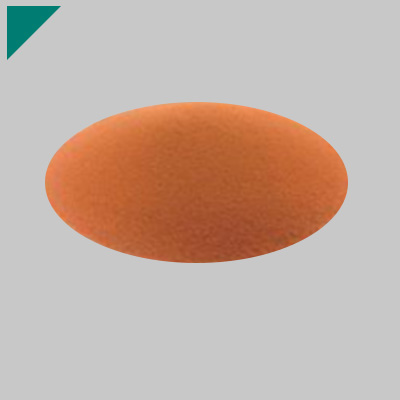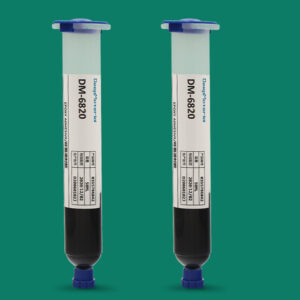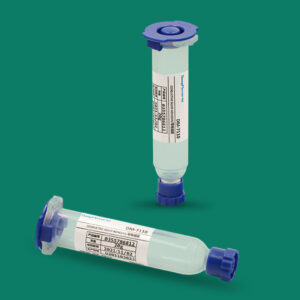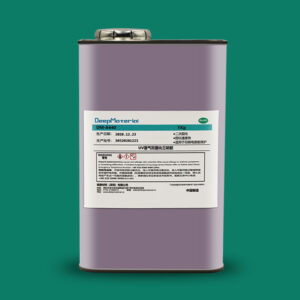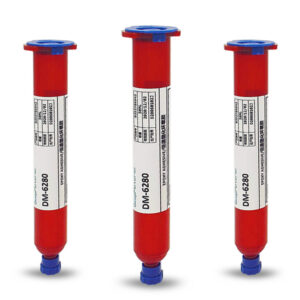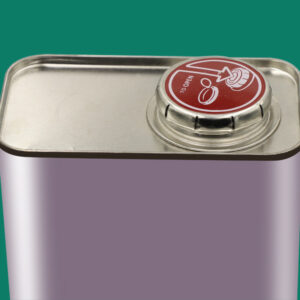How to Quantitatively Evaluate the Fire Resistance of Child-Safe Non-Toxic Glue
How to Quantitatively Evaluate the Fire Resistance of Child-Safe Non-Toxic Glue
Child-safe non-toxic glue is a staple in educational settings, arts and crafts, and home projects, designed to minimize health risks for young users. These adhesives, often water-based polyvinyl acetate (PVA) formulations like Elmer’s Glue, are formulated without harmful solvents, volatile organic compounds (VOCs), or toxic additives, ensuring they are safe if ingested in small amounts or contacted with skin. However, in environments like schools or homes where fire hazards exist—such as near heating elements or in building materials—the fire resistance of these glues becomes critical. Poor fire performance could contribute to flame spread, smoke generation, or toxic emissions during a fire, endangering lives.
Quantitatively evaluating fire resistance involves standardized tests that measure how adhesives ignite, burn, and extinguish, providing objective data like flame spread rates or oxygen indices. This evaluation is essential for compliance with safety regulations, especially for products used around children. Key standards include UL 94 for vertical flammability and ASTM E84 for surface burning characteristics, among others. These tests yield performance indicators such as the Flame Spread Index (FSI) or self-extinguishing times, with minimum thresholds defining acceptability. For child-safe glues, fire resistance must align with non-toxicity standards like ASTM D4236 (labeling for art materials) and the Consumer Product Safety Improvement Act (CPSIA), which limit hazardous substances.
This article explores how to assess fire resistance quantitatively, detailing applicable standards, testing procedures, and minimum indicators. By understanding these, manufacturers and users can ensure glues not only bond effectively but also enhance safety in fire-prone scenarios. The global push for safer materials, driven by regulations like REACH in Europe, underscores the need for such evaluations.

Understanding Child-Safe Non-Toxic Glues
Child-safe non-toxic glues are engineered to prioritize health and environmental safety. Common types include white school glue (PVA-based), glue sticks, and washable adhesives, which dry clear and are easily removable with water. These avoid ingredients like formaldehyde, phthalates, or heavy metals, complying with standards such as the Art & Creative Materials Institute (ACMI) certification, which labels products as “AP” (Approved Product) for non-toxicity.
Under CPSIA, children’s products must not exceed limits for lead (90 ppm) or phthalates (0.1%), and adhesives fall under this if intended for kids under 12. The Toxic Substances Control Act (TSCA) further regulates chemical content. For non-toxicity, tests like acute oral toxicity (LD50 >5000 mg/kg) ensure safety if swallowed. White glue and glue sticks are recommended for children due to their low hazard profile, lacking strong solvents that could cause respiratory issues.
Fire resistance in these glues is often secondary, as PVA is inherently flammable, burning like paper. To enhance it, manufacturers add halogen-free flame retardants like phosphorus compounds, but these must not compromise non-toxicity. For instance, bio-based additives from plant sources are emerging to meet both criteria. In applications like toy assembly or school crafts, glues must bond paper, wood, or fabric without posing fire risks, especially in bulk use.
Quantitative evaluation bridges safety and performance, ensuring glues meet building codes if used in structures or pass product-specific fire tests. Challenges include maintaining adhesion strength while adding retardants, as higher loadings can increase viscosity or reduce bond quality.
Importance of Fire Resistance in Glues
Fire resistance prevents adhesives from acting as fuel in a blaze, reducing ignition risk and limiting damage. In child-centric environments, like daycare centers, flammable glues could accelerate fire spread on crafts or furniture, producing smoke that impairs evacuation. Statistics from the National Fire Protection Association (NFPA) highlight that materials in educational occupancies contribute to over 5,000 fires annually in the U.S., emphasizing the need for retardant properties
For child-safe glues, fire resistance ensures compliance with broader safety norms, such as NFPA 101 (Life Safety Code), which mandates low-flammability materials in assembly areas. Non-toxic retardants, like aluminum hydroxide, decompose endothermically to cool flames without releasing toxins. This dual focus protects against both immediate health risks and fire hazards.
Quantitative metrics allow objective comparison: a glue with high fire resistance might self-extinguish quickly, buying time for response. In manufacturing, certified fire-resistant glues command premiums, appealing to safety-conscious markets.
Quantitative Evaluation Methods: An Overview
Quantitative evaluation uses controlled tests to measure parameters like burn rate, heat release, and smoke output. Labs like Underwriters Laboratories (UL) or ASTM-accredited facilities conduct these, providing data for certification.
The process starts with sample preparation: glues are applied to substrates (e.g., wood or plastic) and cured. Tests expose samples to flames or heat, recording metrics via sensors. Results classify materials, e.g., as V-0 in UL 94. For child-safe glues, evaluations must incorporate non-toxicity checks, ensuring retardants don’t introduce hazards.
Common methods include vertical/horizontal burn tests, tunnel tests for spread, and oxygen index for combustion thresholds. Data analysis involves statistical reliability, often requiring multiple replicates.
Key Test Standards for Fire Resistance
Several standards apply to adhesives, adapted for glues. UL 94, a flammability test for plastics, is widely used for solid adhesives like epoxies or hot melts. It classifies materials from HB (horizontal burn) to V-0 (vertical, highest rating). In the vertical test, a 125mm x 13mm specimen is held vertically, ignited at the bottom for 10 seconds twice. Burning time, drips, and afterglow are measured. For glues, samples are cast into bars or applied to non-combustible substrates. This standard is crucial for electronics or automotive adhesives, but applicable to child-safe glues in toys.
ASTM E84, the Steiner Tunnel Test, evaluates surface burning for building materials, including adhesive-bonded assemblies. A 24-foot sample is mounted in a tunnel, exposed to a 88kW flame. Flame spread and smoke are compared to red oak (FSI 100) and cement board (0). It’s relevant for glues in insulation or wall coverings, where child-safe variants might be used in schools. Test duration is 10 minutes, yielding FSI and Smoke Developed Index (SDI).
Other standards include ASTM E736 for cohesion/adhesion of sprayed fire-resistive materials, measuring bond strength under fire. For structural glues, ASTM E119 assesses fire endurance in assemblies, terminating if glue fails. NFPA 701 tests textile flammability, applicable if glues are used on fabrics; it measures burn rate post-ignition. For child products, ASTM F963 (toy safety) includes flammability tests like burn rate <0.1 in/sec for solids. Limiting Oxygen Index (LOI) per ASTM D2863 measures minimum oxygen for sustained burning; >21% indicates self-extinguishing. FMVSS 302, for automotive interiors, limits burn rate to 4 in/min.
In Europe, EN 13501 classifies reaction to fire, with classes A1 (non-combustible) to F. For child-safe glues, halogen-free retardants ensure compliance without toxicity.
Minimum Performance Indicators
Minimum indicators vary by application and standard. For UL 94, V-0 requires burning <10 seconds per application, no flaming drips, and afterglow <30 seconds—ideal for high-safety needs. V-1 allows <30 seconds burn, no drips; V-2 permits drips if non-flaming. For child-safe glues, V-0 is preferred to minimize risks.
In ASTM E84, Class A (FSI 0-25, SDI <450) is the strictest for interiors; Class B (26-75) for corridors; Class C (76-200) for less critical areas. Smoke density should be low (<100 SDI) to aid visibility.
LOI minima: >28% for flame-retardant adhesives. NFPA 701 requires burn rate <4 in/min. For toys, ASTM F963 mandates no flash ignition and burn rate <0.1 in/sec.
These thresholds ensure glues don’t exacerbate fires, with child-safe versions needing to balance with non-toxicity (e.g., free formaldehyde <0.04%).
How to Conduct Evaluations
To evaluate, select a certified lab. Prepare samples per standard (e.g., 20 specimens for UL 94). Conduct tests under controlled conditions, analyze data, and certify if minima are met. Costs range from $500-5000 per test.
Challenges and Considerations
Balancing fire resistance with non-toxicity is key; some retardants like brominated compounds are toxic, so phosphorus-based alternatives are used. Child-safe glues must avoid allergens, maintaining washability. Regulatory harmonization across regions adds complexity.

Conclusion
Quantitatively evaluating fire resistance of child-safe non-toxic glues ensures safety through standards like UL 94 and ASTM E84, with minima like V-0 or FSI <25. This protects users while fostering innovation in safe adhesives.
For more about how to quantitatively evaluate the fire resistance of child-safe non-toxic glue, you can pay a visit to DeepMaterial at https://www.epoxyadhesiveglue.com/category/epoxy-adhesives-glue/ for more info.



